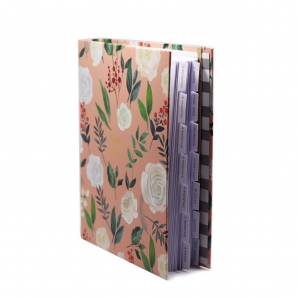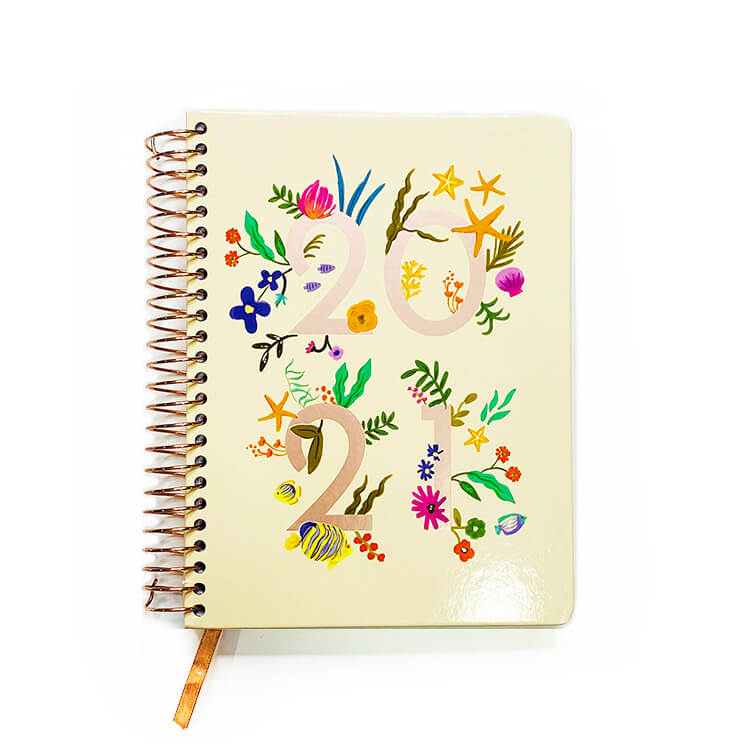Book Printing tips and terms
 Jun 07,2017
Jun 07,2017

 SESE
SESE
Book Printing tips and terms – Confused by the jargon used in the publishing and printing industry? Here’s a guide to some of the common terms.
Banding
An effect seen when graduated fills are printed, in that the transition is shown in distinct, contrasting bands rather than in one continuous flow.
Bleed
Printed matter running off the cut edge of a page. Our bleed allowance beyond the trimmed size is usually 3mm for covers and dust jackets and 5mm for colour text.
Blocking
Binding operation to impress a design or lettering into a book cover, often filling the impression with a coloured foil.
Brass
A die made from metal and used for blocking e.g. spine brass which is used for blocking the spine of a case prior to casing in.
Calender
A set of rollers on a paper machine which give a smooth finish to the web as it passes through by applying pressure. Calendered paper has a smooth, medium gloss finish.
Cased
Our term for a hardback.
CMYK
Abbreviation for colour processing based on the four process printing colours: cyan, magenta, yellow and black (the K distinguishes black from blue).
Coated Papers
Paper coated with china clay or similar to give a smooth surface suitable for halftone reproduction.
Contract proofing
Colour proof or set of colour proofs which define the expected standard for the printed job and which are used by the printer as the accepted match for quality.
Contrast
Wide range of tonal gradations.
CTP (Computer to Plate)
CTP or Computer-to-Plate describes a system in which the use of desktop publishing software, electronic prepress workstations, and platesetters allows the imaging of metal plates for any format of press without the use of film, stripping or traditional platemaking. This process results in lower costs while shortening the amount of time needed to get a job on the press.
Digital Printing
Printing directly from computer files rather than via a physical medium such as plates.
Dithering
Dithering techniques are rather like the impressionist painting technique of pointillism — compensating for a restricted colour gamut by simulating colours from adjacent dots of other colours in a bitmapped image.
Dot gain
The increase in the size of the dots in a halftone illustration when they are printed on the paper using a printing press. The magnitude of the dot gain will depend on the characteristics of the press, the paper and the ink.
DPI (Dots Per Inch)
The resolution of a printer or scanner is measured in dots per inch. For a printer it is the number of dots of toner placed on the paper (in both directions).
Gamma
A measure of contrast in photographic processing.
Grey (Gray) scale
The use of (discrete) shades of grey, from black to white, to represent an image. Grey-scaling is used to represent continuous tone images.
Gutter
The gutter is the space between the printed area and binding, also known as the margin.
Imposition
The arrangement of pages on a printing plate so that, when a publication is folded and bound, the pages are in the correct sequence.
Limp
Our term for a paperback book.
LPI
Frequencies of halftone screens are expressed in lines per inch which is the number of dot lines created per inch, which provides an indication of image sharpness. Ideally this should be at least 300 LPI.
Margins
Margins are the unprinted area around the edges of a page.
Moiré
Undesirable pattern caused by incorrect angles of screens.
Offset Lithography
Offset lithography is a printing process where the image prints by transferring ink from a plate to a rubber blanket that deposits the ink onto the substrate instead of directly from plate to paper. Also known as Offset Printing.
PDF
(Portable Document Format)
The format used by Adobe Acrobat files.
Perfect binding
Perfect binding is a binding method where all pages are trimmed to a single sheet. They are clamped together and a cover is wrapped around the spine. The pages are attached to the cover using and adhesive. We only offer perfect binding for digital premium books produced on our Xerox iGen3. Our standard binding method is slotted binding.
PostScript
Adobe System’s proprietary page description language. The most widely used PDL (page description language).
PPI
Pages per inch. American method of specifying the thickness of paper.
Registration marks
Registration marks are printed for alignment purposes outside the area of the finished publication.
RGB
Red, Green, Blue. The (additive) colour system used in televisions and computer monitors. Note that CMYK and RGB do not always give the same colour for an equivalent image.
RIP
(Raster Image Processor)
RIPs are either software programs (running on a powerful computer) or a dedicated piece of hardware which carry out the rasterisation process – converting a digital image into a pattern of dots for output on film, plates or paper.
Spine
The back edge of a book.
Slotted binding
Slotted binding where small slots or notches are made in the binding edge of the sections and filled with adhesive to hold the pages together. This is our standard binding style which we believe produces a stronger book than perfect binding.
Soft proofing
Soft proofing is a technique of previewing a page on screen. The difficulty has been achieving accurate representations of colour with the two technologies of printing and monitors using two different colourspaces (see CMYK and RGB). Professional monitors are usually sold with calibration tools to improve the colour match.
Trim
Cut edges off sheets to square up or reduce size. Hence trimmed size is the size after trimming.
Trapping
No printing press is perfect, and to allow for registration errors, which could show fine white lines between adjacent colours, trapping software creates a small overlap between colours.
CMYK
The format used by Adobe Acrobat files.
RIPs are either software programs (running on a powerful computer) or a dedicated piece of hardware which carry out the rasterisation process – converting a digital image into a pattern of dots for output on film, plates or paper.





 Home
Home How to chose the best binding for your book ?
How to chose the best binding for your book ?  You May Also Like
You May Also Like




 Tel
Tel
 Email
Email
 Address
Address







